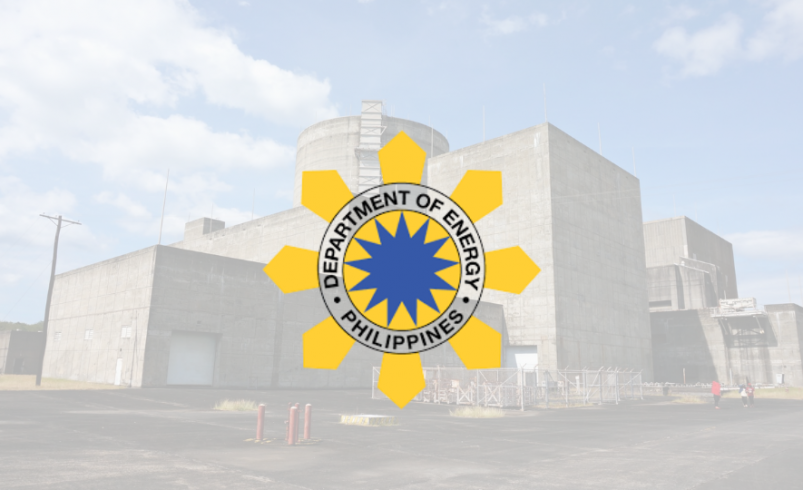Philippines explores financing pathways for nuclear energy development
- October 26, 2025
- 0

The Philippines is moving forward with efforts to integrate nuclear energy into its power mix by exploring various financing and infrastructure development strategies.
Energy officials, private sector representatives, and experts from the International Atomic Energy Agency (IAEA) met in Manila from October 20 to 24 for the National Workshop on Nuclear Power Infrastructure and Financing, organized by the Nuclear Energy Program Inter-Agency Committee (NEP-IAC) under the Department of Energy (DOE).
Energy Undersecretary Giovanni Carlo J. Bacordo said the event marked a new phase in the country’s nuclear energy efforts. “This workshop will help us chart a clearer pathway forward — one that balances ambition with prudence, and innovation with responsibility,” he said.
The workshop, held in partnership with the IAEA, focused on addressing the financing challenges of nuclear power projects, including high upfront costs, long development timelines, and complex regulatory requirements. It also discussed emerging opportunities such as public-private partnerships and green financing to support future projects.
IAEA energy economist Brianna Lazerwitz noted that 416 nuclear power reactors are currently operational worldwide, with 63 more under construction across 31 countries. “For the fifth year in a row, IAEA global nuclear electric capacity projections for 2050 have been revised upwards,” she said, citing potential growth of up to 992 gigawatts in the high-case scenario.
Lazerwitz stressed that while a range of financing models exist, strong government involvement remains critical to ensuring effective risk management and long-term project stability.
Other IAEA experts — including former Bulgarian energy minister Milko Kovachev, GNE Advisory lawyer Chelsea Gunter, and radioactive waste specialist Ozge Unver — joined discussions on regulatory frameworks, institutional roles, and ownership models for both large-scale and small modular reactors.
The discussions followed the passage of Republic Act No. 12305, or the Philippine National Nuclear Energy Safety Act, which created the Philippine Atomic Energy Regulatory Authority (PhilATOM) as the country’s regulatory body for nuclear energy.
“The Philippines is taking a leap forward with the discussions on financing like public-private partnerships, green financing, and other viable models that could help shape the future of nuclear energy for the Filipinos,” Bacordo added.
How do you think nuclear financing partnerships can influence the Philippines’ path toward energy security?
Follow Power Philippines on Facebook and LinkedIn or join our Viber community for more updates.